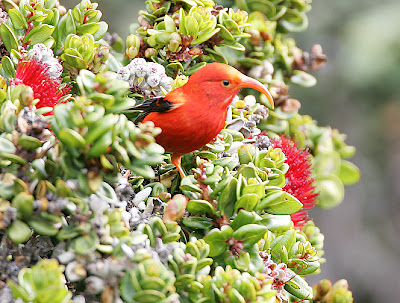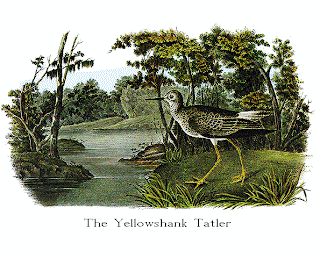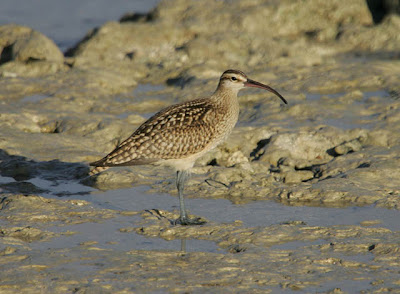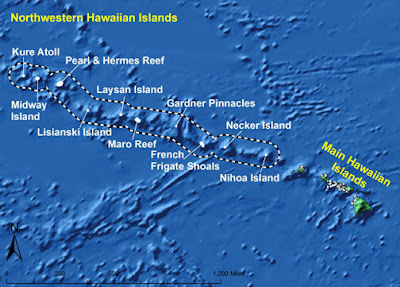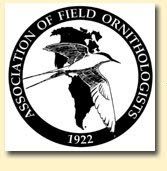
Pueo(Asio flammeus sandwichensis)
photo by Brooks Rownd
Look familiar, my fellow mainland-ers?
This is the hawaiian subspecies of the Short-eared Owl. This endemic race occurs on all main islands, but is most common on Kaua'i, Maui, and Hawai'i. There has been a recent sighting of a Pueo on O'ahu. I hope one or two hang out on that island while I'm there. The State lists this owl as endangered on O'ahu. This guy is also known as the Hawaiian Owl.
Habits are fairly similar to the mainland nominate. Active at dawn and dusk and sometimes midday.
*During the winter, down in north and central Texas, is when I have seen the Short-eared. A cool owl(aren't they all?), it has what's often described as "moth-like" flight. I most often see them at Union Grove WMA, near Salado, TX*
The Pueo often hovers while searching for prey.

photo by Brooks Rownd
I always enjoy what the owl brought to native cultures around the world. The first time I actually looked into the eyes of a Barred Owl(Stryx varia), or it looked toward me, I had a clear understanding for such reverence.
The Pueo was worshipped as a god and revered as a guardian spirit by the ancient Hawaiians.(Hawaii's Birds, Hawaii Audubon Society,2005)
The familiar Barn Owl (Tyto alba), not pictured, was introduced from North America in the 1960s for rodent control.

'Io (Buteo solitarius)
photo by Brooks Rownd
Also known as the Hawaiian Hawk, this endemic is widespread on the island of Hawaii. Unfortunately for me, not so widepspread on O'ahu.
A smallish Buteo of 13-17 inches in length, 'Io are often observed soaring in updrafts of forests, grasslands, and cane fields.(Hawaii Birds, 2005)
The Hawaiian Hawk occurs in 2 phases; a light phase as above picture, and a dark phase, as below. Both light and dark phases occur in about equal numbers.(Pratt, Bruner, Berrett 1987)

'Io, dark phase
photo by Brooks Rownd
The 'Io is a symbol of royalty in Hawaiian legend.
Other raptors that occasionally visit the Islands include the Peregrine Falcon (Falco peregrinus) and Osprey (Pandion haliaetus), not pictured.
